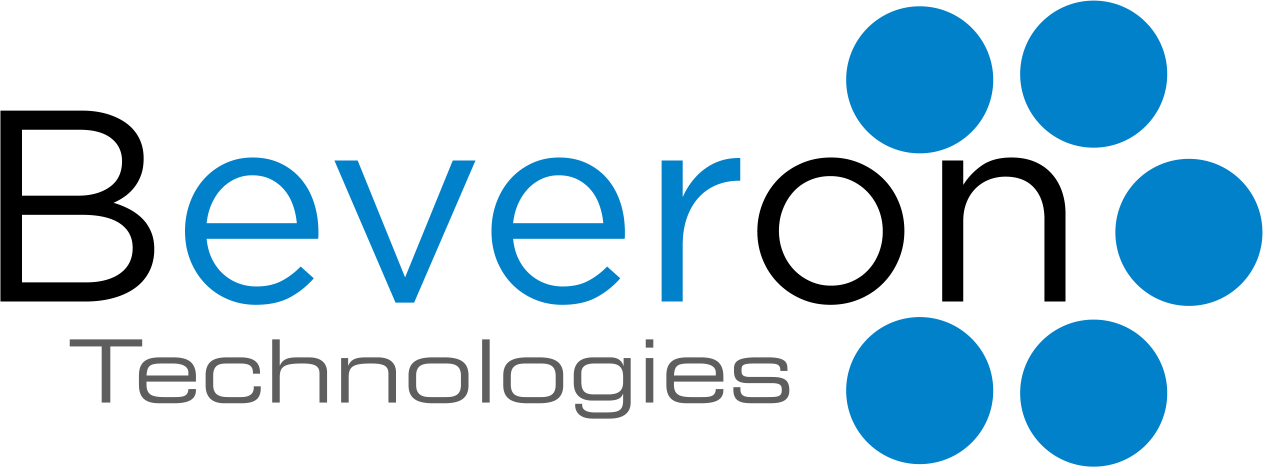

This blog highlights the most common debt follow-up challenges faced by Indonesian collection agenci...

This blog explains how a modern debt follow-up system helps debt collection teams in Morocco reduce ...

A focused look at why debt collection teams need a smarter debt follow-up system to improve visibili...

This publication explores how businesses can shift their debt collection operating models to become more customer-centric, data-driven, and automated, enhancing efficiency and compliance.
Who Can Read This Publication?
It is relevant to financial institutions, debt collection agencies, business strategists, and decision-makers looking to modernize and optimize their debt recovery processes.